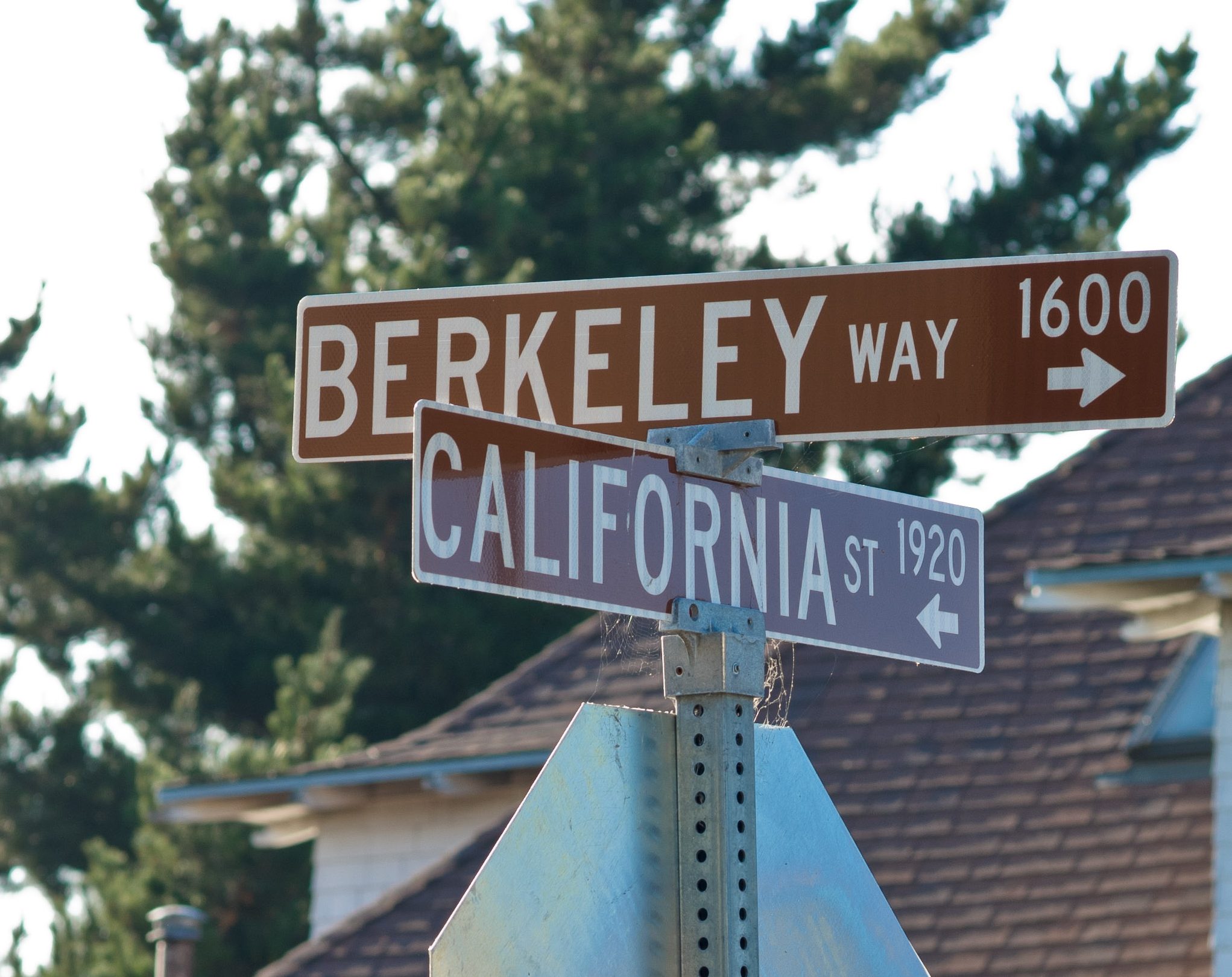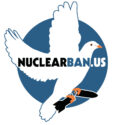
Berkeley, CA
Berkeley has become the second city in the US to proclaim itself ‘in compliance’ with the Treaty on the Prohibition of Nuclear Weapons, following Takoma Park, Maryland, who made a similar declaration last month. Takoma Park received their ‘certificate of treaty compliance’ at a small ceremony in the United Nations building on May 14th.
The previous day, the City Council of Berkeley, CA, passed by unanimous consent a resolution declaring their ‘strong support’ for the Treaty on the Prohibition of Nuclear Weapons (TPNW), and calling on cities and states across the country “to give moral leadership by committing to compliance with the Treaty to the extent possible at their respective levels of authority.”
Through the Nuclear Free Berkeley Act of 1986, Berkeley has maintained one of the strongest municipal prohibitions against the nuclear weapons industry in the country for over thirty years, prohibiting any work on nuclear weapons from taking place within the city, and barring the city from contracting with, or investing in, any company working on nuclear weapons.
Nevertheless, Berkeley has a complicated legacy that leads many to doubt its sincerity as a nuclear-free city. It played a foundational role in the original development of nuclear weapons, with the discovery of plutonium in Berkeley labs in 1941. The University of California continues to be closely connected to both the Lawrence Livermore National Laboratory and the Los Alamos National Laboratory, key facilities in the ongoing production of nuclear weapons in this country.
These nuclear weapons laboratories began as off-shoots of the Berkeley campus, but are now run for the federal government by industrial consortiums which include the University of California, but not the Berkeley campus as such. The University of California is run by a board of regents who are appointed by the governor of California.
So when the City of Berkeley calls on cities and states to comply with the Treaty “to the extent possible at their respective levels of authority,” they mean precisely that: a city can only control what is within its powers to control, and we should not expect otherwise. The Treaty itself calls on countries to implement its provisions “within their jurisdiction and control,” because even sovereign nation-states have limits to their powers.
The City of Berkeley cannot control the University of California or the nuclear weapons labs that are outside its city limits. What the Nuclear Free Berkeley Act has been able to do for over 30 years, however, is to prohibit any nuclear weapons work from taking place within the city limits of Berkeley – including on the Berkeley campus of the University. It has prevented nuclear weapons companies from getting contracts with the city of Berkeley for other work and it has meant that city funds have not been invested in those companies. That is not an insignificant contribution towards a world without nuclear weapons, and other cities across the US have also done this.
Now that the City of Berkeley has declared itself in compliance with the Treaty, we need the citizens of Berkeley – and the students of UC Berkeley – to rise up and demand that both the University and the State of California become Treaty Compliant next!







What people can also do is divest from the 26 US companies that manufacture or maintain nuclear weapons including Honeywell, Techtron, Raytheon, General Dynamics. The Green Century Fund is the first mutual fund to declare itself 100% Nuclear Ban Treaty compliant, and it was first to go fossil fuel free in the early ’90’s. It’s a non-profit. It’s fees fund the Public Interest Research Groups. Its rates of return are higher than many regular greedy Wall St. funds.